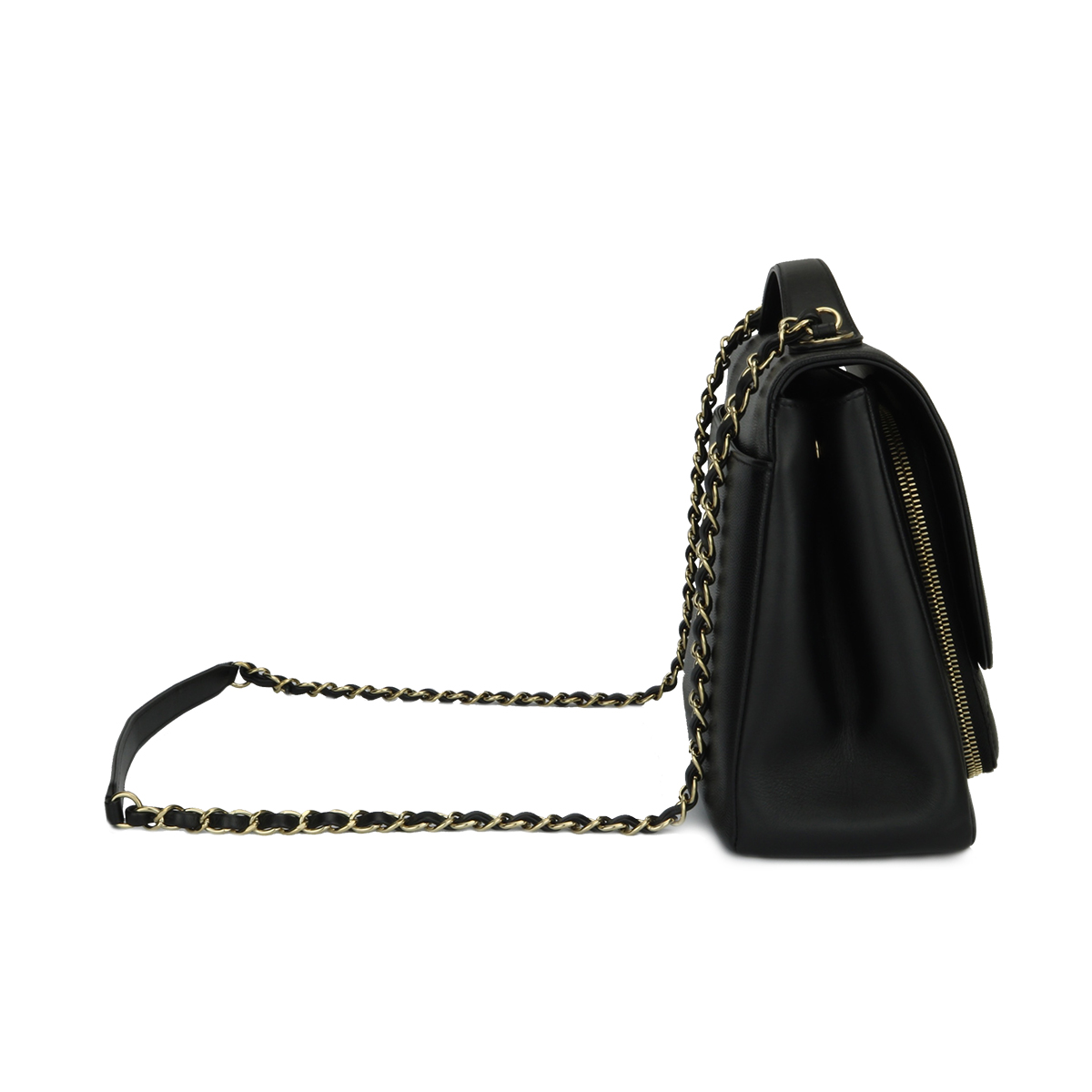

His own writings provide no evidence for any dating more precise than the 5th century generally. The dates of Patrick's life are uncertain there are conflicting traditions regarding the year of his death. The reputed burial place of Saint Patrick in Downpatrick

Harvey argues that Cothraige "has the form of a classic Old Irish tribal (and therefore place-) name", noting that Ail Coithrigi is a name for the Rock of Cashel, and the place-names Cothrugu and Catrige are attested in Counties Antrim and Carlow. Cothirthiacus also appears as Cothraige in the 8th century biographical poem known as Fiacc's Hymn and a variety of other spellings elsewhere, and is taken to represent a Primitive Irish: * Qatrikias, although this is disputed.
#CHANEL BUSINESS AFFINITY MAC#
"Succetus", which also appears in Muirchú moccu Machtheni's seventh century Life as Sochet, is identified by Mac Neill as "a word of British origin meaning swineherd". Tírechán's seventh-century Collectanea gives: "Magonus, that is, famous Succetus, that is, god of war Patricius, that is, father of the citizens Cothirthiacus, because he served four houses of druids." "Magonus" appears in the ninth century Historia Brittonum as Maun, descending from British *Magunos, meaning "servant-lad". Hagiography records other names he is said to have borne. The only name that Patrick uses for himself in his own writings is Pātricius, which gives Old Irish: Pátraic and Irish: Pádraig ( or ) English Patrick Scottish Gaelic: Pàdraig Welsh: Padrig Cornish: Petroc. Most available details of his life are from subsequent hagiographies and annals, which have considerable value but lack the empiricism scholars depend on today. In it, Patrick gives a short account of his life and his mission. The Declaration is the more biographical of the two. These are the Declaration ( Latin: Confessio) and the Letter to the soldiers of Coroticus ( Latin: Epistola), from which come the only generally accepted details of his life. Two Latin works survive which are generally accepted as having been written by St. In the dioceses of Ireland, it is both a solemnity and a holy day of obligation it is also a celebration of Ireland itself. It is celebrated inside and outside Ireland as a religious and cultural holiday.

His feast day is observed on 17 March, the supposed date of his death. By the seventh century, he had already come to be revered as the patron saint of Ireland. In later life, he served as a bishop, but little is known about the places where he worked. After becoming a cleric, he returned to northern and western Ireland. Īccording to the autobiographical Confessio of Patrick, when he was about sixteen, he was captured by Irish pirates from his home in Britain and taken as a slave to Ireland, looking after animals he lived there for six years before escaping and returning to his family. He has been generally so regarded ever since, despite evidence of some earlier Christian presence in Ireland. According to tradition dating back to the early Middle Ages, Patrick served as the first bishop of Armagh and Primate of Ireland, and credits him with bringing Christianity to Ireland, converting a pagan society. A recent biography on Patrick shows a late fourth-century date for the saint is not impossible. The dates of Patrick's life cannot be fixed with certainty, but there is general agreement that he was active as a missionary in Ireland during the fifth century. Nevertheless, he is venerated as a Saint in the Catholic Church and in the Eastern Orthodox Church, where he is regarded as equal-to-the-apostles and Enlightener of Ireland. Patrick was never formally canonised, having lived prior to the current laws of the Catholic Church in these matters. Known as the "Apostle of Ireland", he is the primary patron saint of Ireland, the other patron saints being Brigit of Kildare and Columba. Saint Patrick ( Latin: Patricius Irish: Pádraig or Welsh: Padrig) was a fifth-century Romano-British Christian missionary and bishop in Ireland. Ireland, Nigeria, Montserrat, Archdiocese of New York, Roman Catholic Archdiocese of Newark, Roman Catholic Archdiocese of Los Angeles, Boston, Rolla, Missouri, Loíza, Puerto Rico, Murcia (Spain), Clann Giolla Phádraig, engineers, paralegals, Archdiocese of Melbourne invoked against snakes, sins

Patron Holding a shamrock carrying a cross, serpent, harp Patrick from Saint Patrick Catholic Church, Junction City, Ohio, United States


 0 kommentar(er)
0 kommentar(er)
